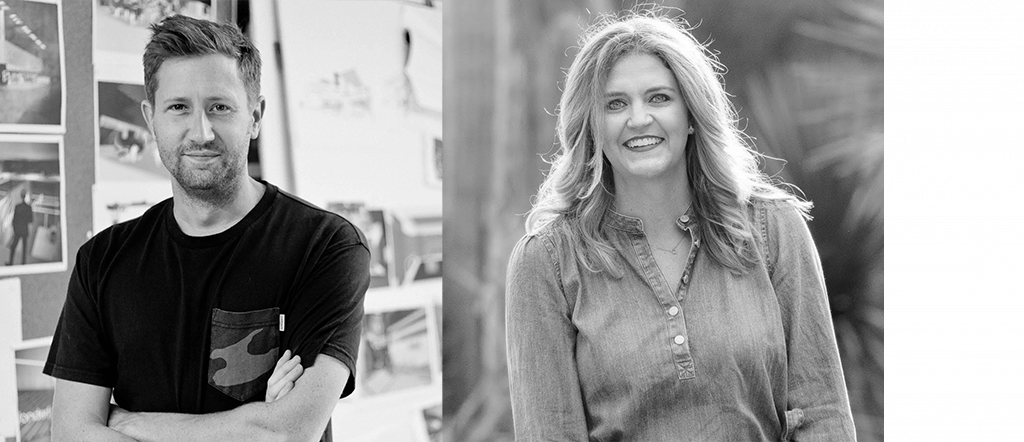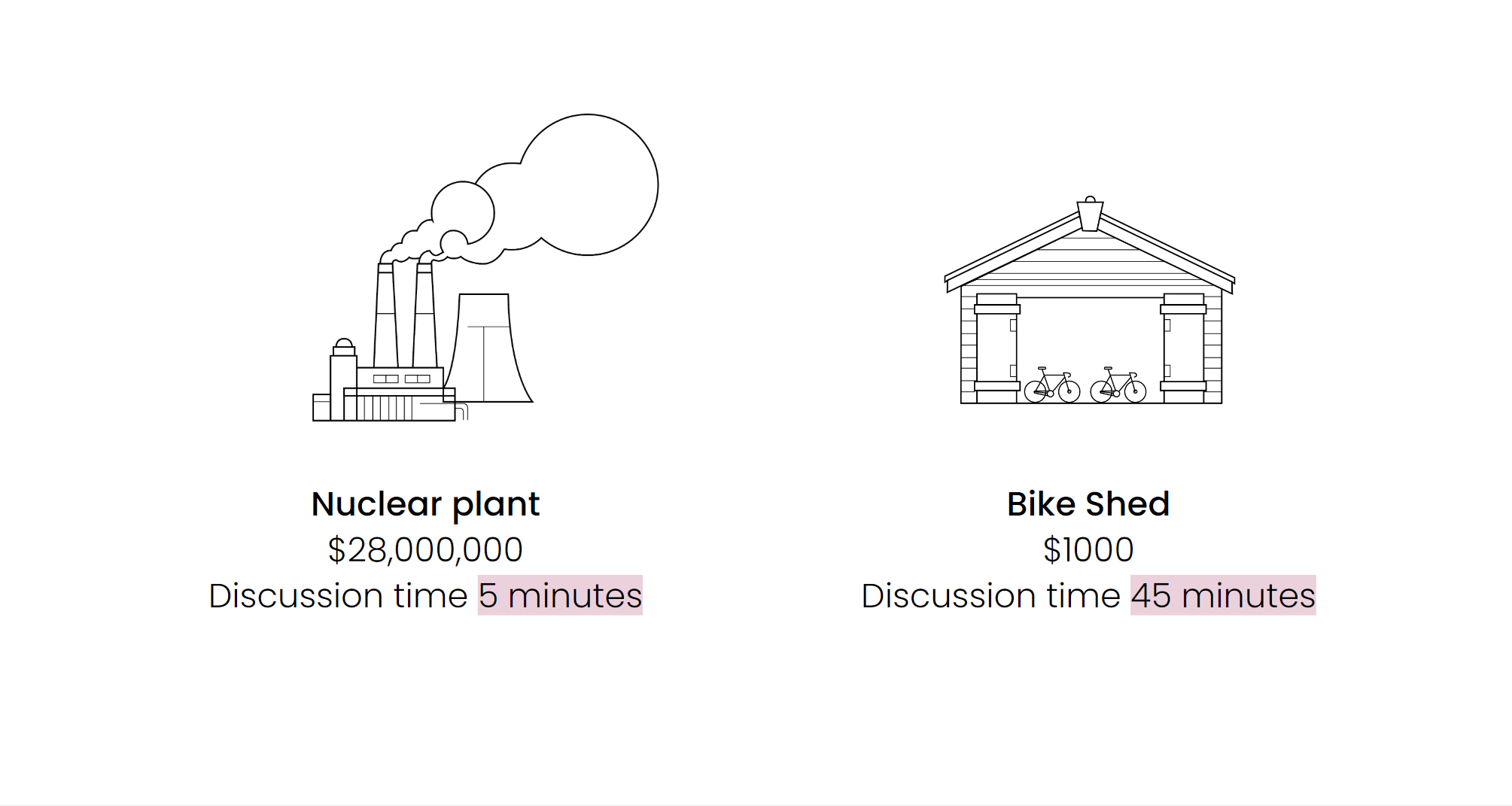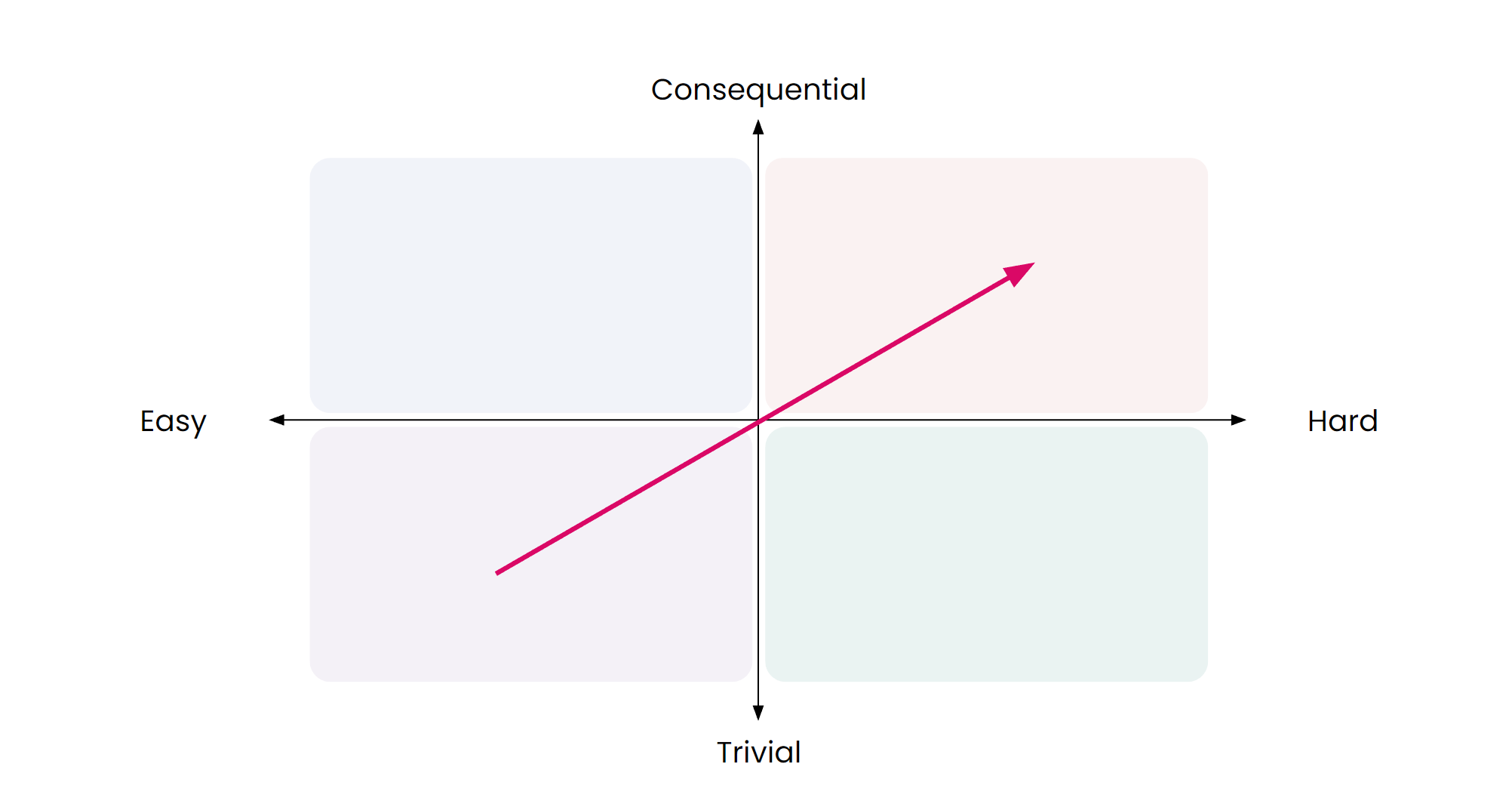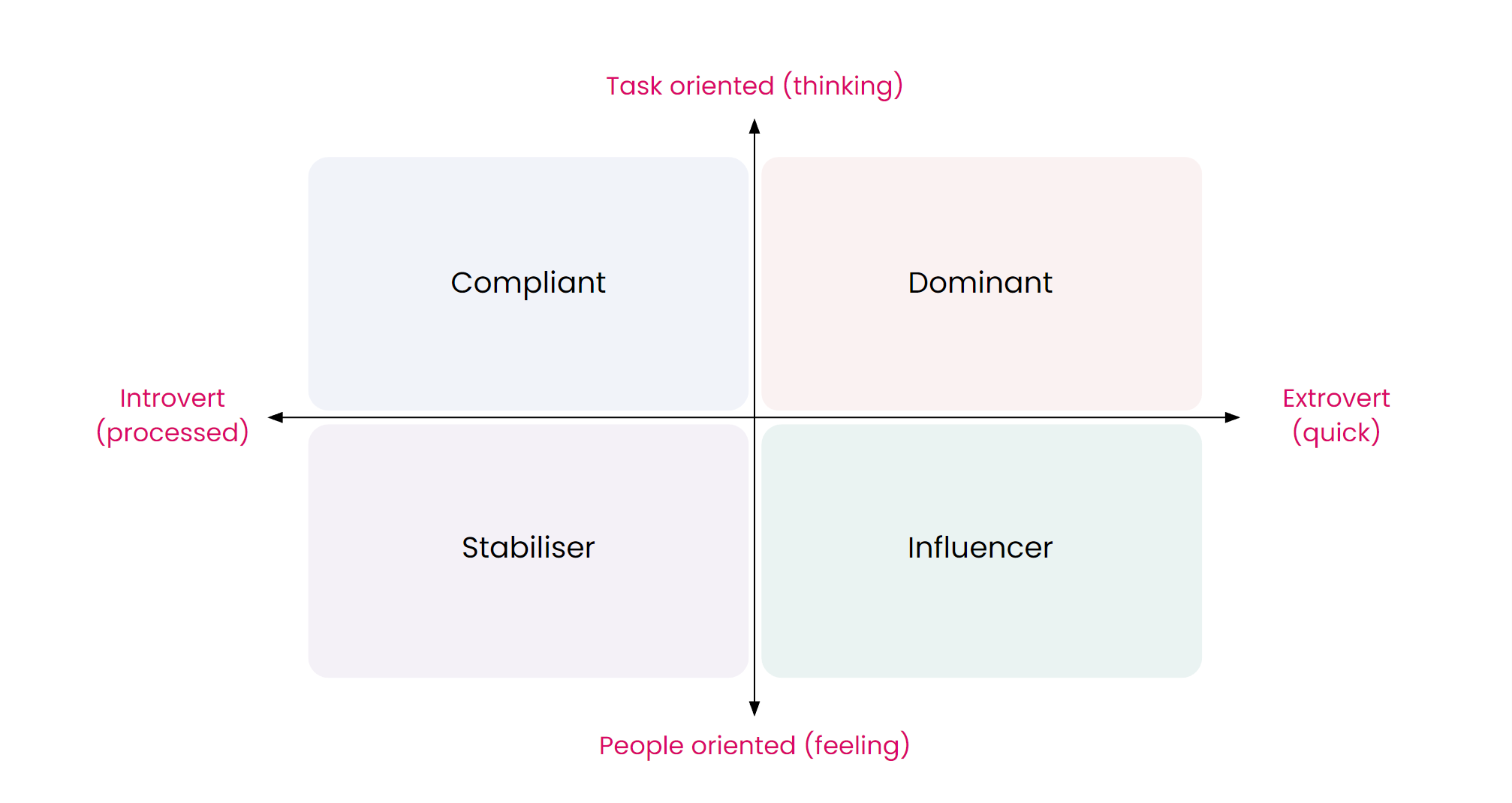Workstreams of the future: Creating agile enterprise events.
2LK Partner & ECD, Andy Sexton, presented at the 2023 Experiential Marketing Summit alongside client partner Megan Sutphin, Director CXO Experiences at Salesforce. These are the main highlights from their session.

2LK have worked with Salesforce on strategic planning, proprietary events, keynotes, film production and mobile games since 2021:
Salesforce Founder and CEO, Marc Benioff said: “You need to get to the future ahead of your customers, and be ready to greet them when they arrive.”
This quote demonstrates the growth mindset and progressive culture at Salesforce which is evident in more than just their product and service departments; it’s threaded into their experience programming too.
They’re a great example of a brand with experience maturity – their brand, experiences and products all co-exist so harmoniously that the experiences shape both the product and the brand.
Whenever we embark on a new venture with Salesforce (and other clients) we try to keep true to a few firmly held beliefs:
Do better things. Not things better.
“The amount of time spent discussing an issue is inversely correlated to its actual importance.” Cyril Northcote Parkinson
Discovery and definition is arguably the most exciting part of a project, but also, sadly, often the most consistently rushed, overlooked and misunderstood part.
Parkinson was part of a committee in the 1950s to plan a nuclear power plant. He observed that when an issue is hard and consequential, like building a nuclear power plant, everybody is too busy. When it’s something of little importance or complexity, everybody has an opinion – often referred to as “bike-shedding”.
 When we think about events and experiences, the pattern can be similar.
When we think about events and experiences, the pattern can be similar.
At the beginning, we have huge consequential decisions to make:
- What’s the best venue?
- Who are we talking to, and what do we want them to take away from the experience?
- What’s an appropriate investment?
- What long term transformational change are we trying to create?
At the end of the planning cycle, everybody is focussed on details that feel important at the time – but don’t really move the needle. The goal of the discovery and definition phase is to reveal the hard and consequential decisions that need to be made upfront.
It’s about bringing key stakeholders on the journey so the direction is validated in real time. The goal is to stay in the hard and consequential quadrant for as long as possible, resisting the temptation to slide down to the easy and trivial.
 Before you try to design the thing right, ensure you’re designing the right thing. We’re huge believers in doing the future backwards. Taking the time to imagine the best (and worst) possible outcomes from a program, then mapping back from there.
Before you try to design the thing right, ensure you’re designing the right thing. We’re huge believers in doing the future backwards. Taking the time to imagine the best (and worst) possible outcomes from a program, then mapping back from there.
Strategy is sacrifice – you can’t have everything. Be as clear about the things you’re NOT doing, as the things you are.
Impatience is a virtue: Fast beats perfect.
This is about early stage design. One of 2LK’s key values is ‘Impatience is a virtue’ – we’re believers that at the beginning, fast beats perfect.
“The best way to have a good idea is to have lots of ideas.” Linus Pauling
We’ve developed a design sprint called ‘Five days, 10 ways’. It’s an approach used on all the Salesforce work we’ve done. It’s fast, focussed and about starting lots of fires.
During this time we look to illustrate and visually prototype work within a sprint – going really divergent with the thinking, holding back on any editing for as long as we can. Convergence comes later.
A few key things to keep top of mind through any design sprint:
- Suspend belief – think about the future first, aim high and don’t be encumbered by history.
- Stay executionally agnostic – success might require delivering something out of your capabilities and skill set.
- Celebrate failures – hold back on editing, we need to fail in order to learn.
- Journey together – inclusion is key, bring everybody along.
So what’s the key takeaway here? Create fast, edit last.
Break the right rules: Innovation loves constraints.
This relates to design development. Salesforce has a large amount of rigour around how the brand shows up in the live space.
There are many guidelines for every facet of the experience. The challenge is innovating through the constraints. How can we honour the brand, acknowledging the power of familiarity and consistency, whilst still delivering the new and unexpected?
“If you always do what you’ve always done, you’ll always get what you’ve always got.” Henry Ford
It’s about understanding the fixed and the variable. Finding the opportunities to create new, from existing.
Show me you know me: Make important things interesting.
“If content is king, then context is God.”
Gary Vaynershuk’s build on Bill Gates’ famous statement is great – it reminds us that in today’s world, good content is table stakes.
Internally, Salesforce refers to major activations as BSRO’s (Big, Shiny, Relevant Objects). Of course, we want to have unique, immersive and memorable experiences. Good content and storytelling is important. But what do we really want the activation to do? How do we want people to feel?
Salesforce’s World Tour New York 2023 is an event geared towards IT decision makers with roundtable sessions. We wanted to make an ordinary way of delivering content more engaging, more magical, and more personalised. While still being relevant and not adding flashy activations for the sake of it. Cue the magic mural wall.
Automated drawing devices welcomed guests into the space with a message and branding, and plotted a large-scale mural with visual stats derived from Salesforce content. We used social listening to continue adding to the mural, creating a dynamic art piece based on conversations that were happening at the tables.
Seek out superpowers: High performance teams.
Behavioural assessment tools such as EDISC (example below) provide invaluable insights into team member’s psyches, improve productivity and collaboration and enhance communication across teams.
 Armed with knowledge of others’ strengths, communication and decision-making styles, we’re able to make better resourcing decisions and be as efficient and productive as possible.
Armed with knowledge of others’ strengths, communication and decision-making styles, we’re able to make better resourcing decisions and be as efficient and productive as possible.
Conclusion.
In addition to ‘Impatience is a virtue’, one of 2LK’s other values is ‘With. Not for’ We work in partnership with our clients, not for them, unleashing their potential from within. The Salesforce work and relationship would not be possible without this approach.
Let’s talk.
If you’d like to discuss supercharging your brand experiences, contact us to make the most of moments that matter.
More reading:
Five key takeaways from WXS 2023
What do clients really think? A 2LK observation
SXSW – why go and how to do it